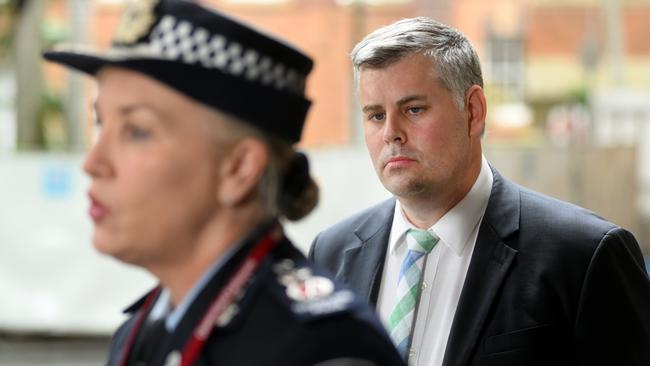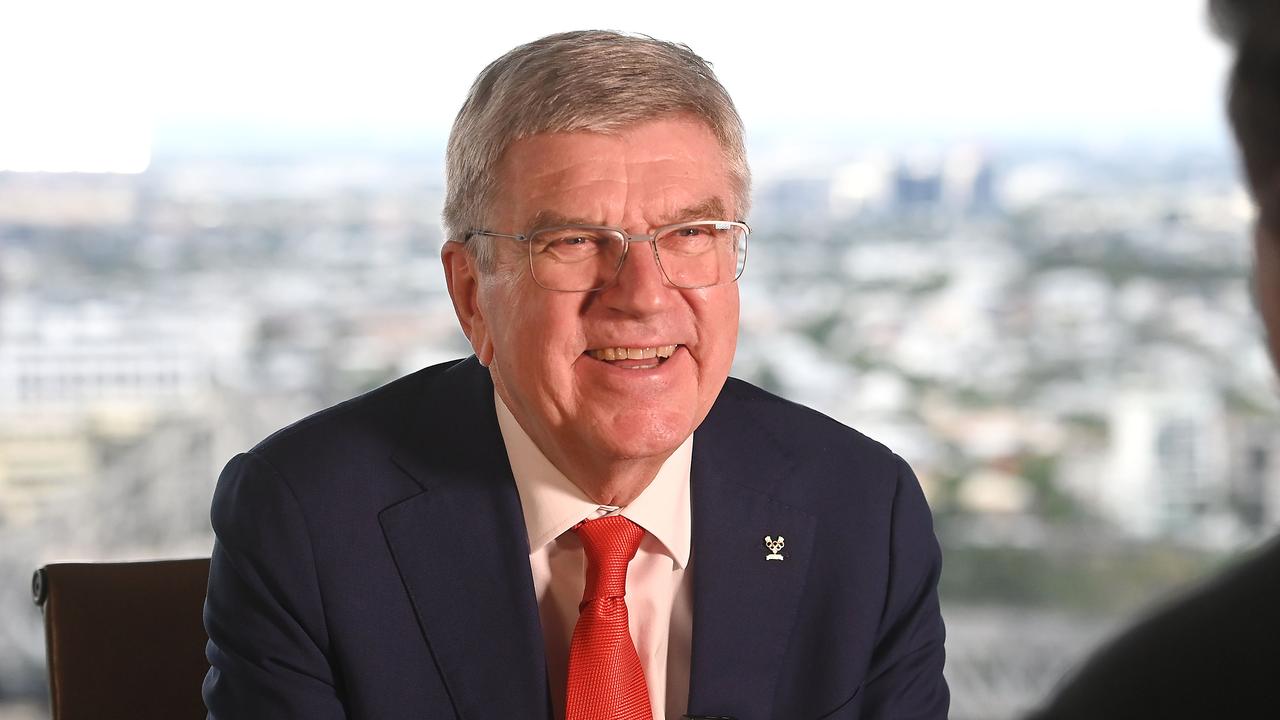Litany of failures hurt QPS’ ability to meet demand, answer calls
The Queensland Police Service is failing to meet response time targets, unaware of the demand on its officers and failing to plan for future workforce demands, a damning new report reveals.

QLD Politics
Don't miss out on the headlines from QLD Politics. Followed categories will be added to My News.
The Queensland Police Service is failing to meet response time targets, unaware of the demand on its officers and failing to plan for future workforce demands, a damning Queensland Audit Office report has revealed.
Auditor-General Brendan Worrall’s probe into the deployment of police resources found the Queensland Police Service did not have a “complete picture” of all demand for its services, and major changes were required if it was to cope with future requirements in the lead-up to the 2032 Olympic Games.
He said Queensland police collected data on service response times, but did not consider the time officers spend on pro-active policing, administrative tasks, and non-frontline work.
“This limits its ability to effectively prioritise the efforts of its officers to meet overall current demand,” he said.
Mr Worrall found the number of calls to Queensland police have increased by 30 per cent since 2016, while the police officer headcount had increased just 25 per cent over the same period.
The service failed meet its target of responding to 85 per cent of high-priority calls within 12 minutes in the 2022-23 financial year, only meeting it 78.2 per cent of the time.
For 2023–24 the target has been revised down to 80 per cent.
Mr Worrall found while QPS responded to almost 90 per cent of calls requiring a police response, it did not respond to more than 86,594 calls in the financial year.

Police did not respond to 369 of code-one and two calls – considered very urgent and urgent – largely due to another agency attending and police not being required.
On three occasions there were “no crews available” to attend the most urgent jobs.
About 10 per cent of code-three calls and 24 per cent of code-four calls were not attended to by police.
Mr Worrall found the service’s target of hiring 2025 extra police employees by 2025 was not informed by evidence-based analysis of demand for services, but rather derived from an election commitment.
He found the service was not on track to meet the target, with the number of police officers declining by 202 in the 2022-23 financial year.
“The rate at which police officers left their employment with QPS in 2022-23 increased to 5.6 per cent – a 47 per cent increase from the previous year,” Mr Worrall said.
However, a recruitment campaign and financial assistance had resulted in positive changes, the Mr Worrall noted.
Queensland police spent $2.44bn on staff in the 2022-23 financial year, with officers making up 72 per cent of the 16,000 strong workforce.
Premier Annastacia Palaszczuk told Parliament the government supported Mr Worrall’s recommendations, and work was already under way to address his concerns.
BY THE NUMBERS
* 30 per cent increase in police calls since 2016. Officer numbers have increased only 25 per cent
* 78.2 per cent of “high priority” calls responded to within 12 minutes, which fails to meet the target of 85 per cent. The target has been cut to 80 per cent
* 86,594 calls not responded to in 2022-23, including 369 “urgent” and “very urgent” calls





